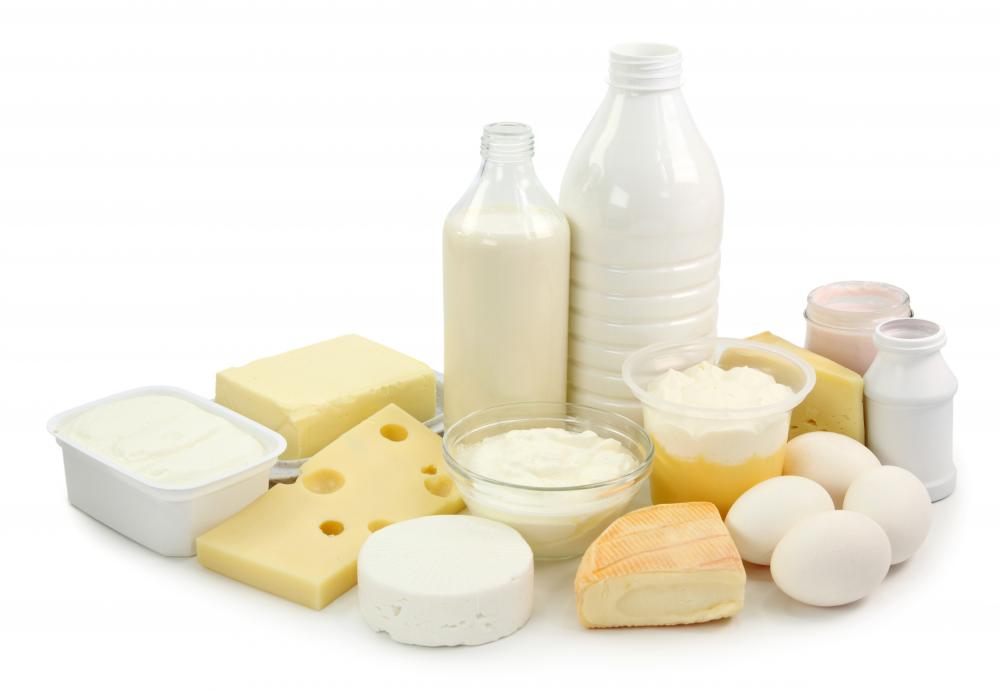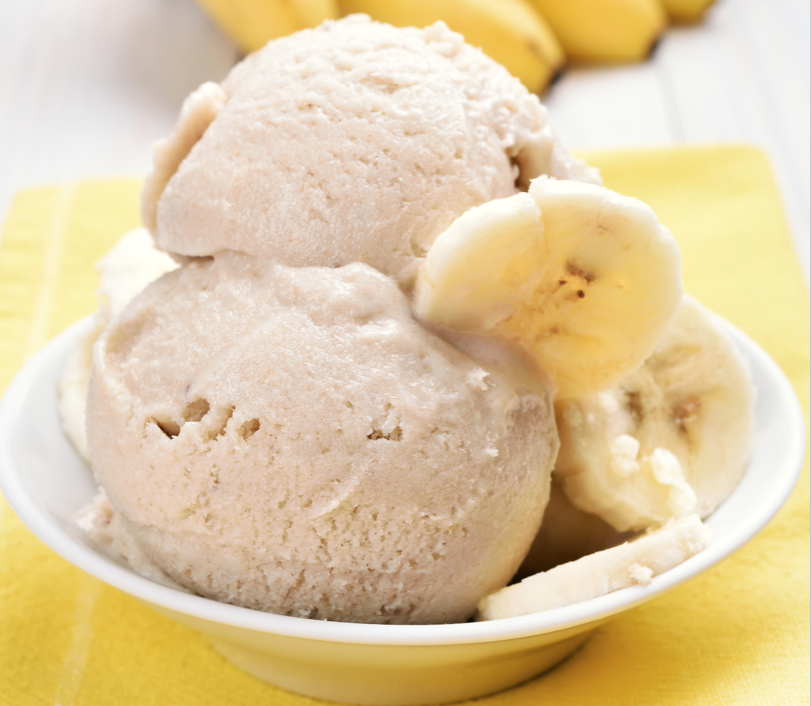Having any sort of food intolerance is no fun. Intolerances can cause obvious symptoms such as abdominal pain, discomfort, and nausea and some rather embarrassing symptoms such as flatulence and diarrhea. Still other less obvious symptoms are linked to food intolerances including muscle or joint pain, headaches, exhaustion, and even skin symptoms like rashes and eczema.
Dairy just happens to be ONE of those foods that so many people appear to be intolerant of. So, let’s chat about the main components of milk that people typically react to: lactose, casein, and whey.

Milk sugar (lactose) intolerance
Being lactose intolerance is very common. In fact it’s actually estimated that up to 75% of adults are lactose intolerant! Lactose is basically the carbohydrate “milk sugar” found naturally in most dairy products. Lactose intolerance is so common these days that you can buy lactose-free milk in your regular grocery store, or order your Starbucks latte using a lactose free alternative. Lactose-free products are treated with the enzyme “lactase” to break the lactose down. It’s this lactase enzyme that is lacking in most people who are lactose intolerant, and what causes them to suffer from the symptoms mentioned above.
The lactase enzyme is naturally released from your intestine as one of your digestive enzymes to break down the lactose sugar in the gut. When someone doesn’t have enough lactase, the lactose doesn’t get broken down the way it should and can cause some major grief. What happens is that undigested lactose ends up being “food” for the resident gut microbes and as they ferment the lactose, they create gases that cause bloating, flatulence, pain, and sometimes diarrhea.
Lactose is in all dairy but is in lower amounts in fermented dairy (e.g. cheese & yogurt) and butter. Unfortunately, steering clear of lactose isn’t all that easy as it is even added to other foods like baked goods, soups, and sauces. You’ll even want to check any medications or supplements you’re taking too, as lactose is a common ingredient in them.
If you have symptoms of lactose intolerance, keep an eye on food, medication, and supplement labels.
Milk protein (casein & whey) allergy
We know that milk is a known, and common, food allergen. In Canada, it is considered a “priority allergen” and must even be declared on food labels as such.
So, what are these allergens in milk? You’ve heard of “curds and whey”, right? Well, these are the two key proteins in milk. The solid bits are the curds (made of casein) and the liquid is the dissolved whey.
Unlike lactose intolerance, casein and whey can cause an actual immune response. It’s an allergy and this immune response can cause inflammation. In fact, we don’t know how many people have these milk allergies, but most estimates put it far below that of lactose intolerance.
Similar to lactose, these allergenic milk proteins can be found in other products too. They’re not only found in dairy but are often used in many protein powders as well (I am sure that you heard of “whey” protein powders?).
Interestingly, some of the symptoms of milk protein allergy differ from that of lactose intolerance; as things like nasal congestion and mucus (phlegm) are more common with allergies. And casein allergies seem to be linked with belly fat. Like lactose intolerance, if you’re allergic to casein and whey keep an eye on labels so you can avoid these.
It is also worth noting that people who have gluten intolerance are often allergic to milk proteins like whey and casein as well. These can go hand-in-hand.
Conclusion
If you get gassy, bloated, or diarrhea after eating dairy, you may have a lactose intolerance. If you often get a stuffy nose and mucus, then you may be allergic to casein and/or whey.
While dairy may be an entire food group, it is not an essential nutrient and all of the nutrients in dairy are available in other foods. If you experience these symptoms, you can try removing dairy from your diet to see how you feel without it. You may find improved digestion and fewer gut issues. Or you may even notice a reduction in nasal congestion, or even lose some belly fat.
If you decide to (or have already) removed dairy from your diet, let me know your experience in the comments below!
Related blog posts you mind find informative:
How to Improve Your Gut Health
Three Must Eat Breakfast Foods!
Recipe (Dairy-free): Chocolate Ice “Cream” (Serves 2)
- 3 bananas, sliced and frozen
- 2 tsp cacao powder, unsweetened

- 1 tbsp almond butter
Instructions
- Place frozen bananas in food processor and blend until smooth (a few minutes). You may have to stop a few times to scrape the sides.
- Add cacao powder and almond butter and blend until mixed well.
- Serve & enjoy!
Tip: You can make this in advance and freeze in an airtight container.
Find this post informative? Sign up for our super-awesome weekly health newsletter and get more great info like this!




